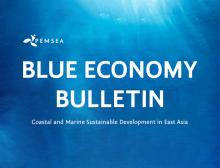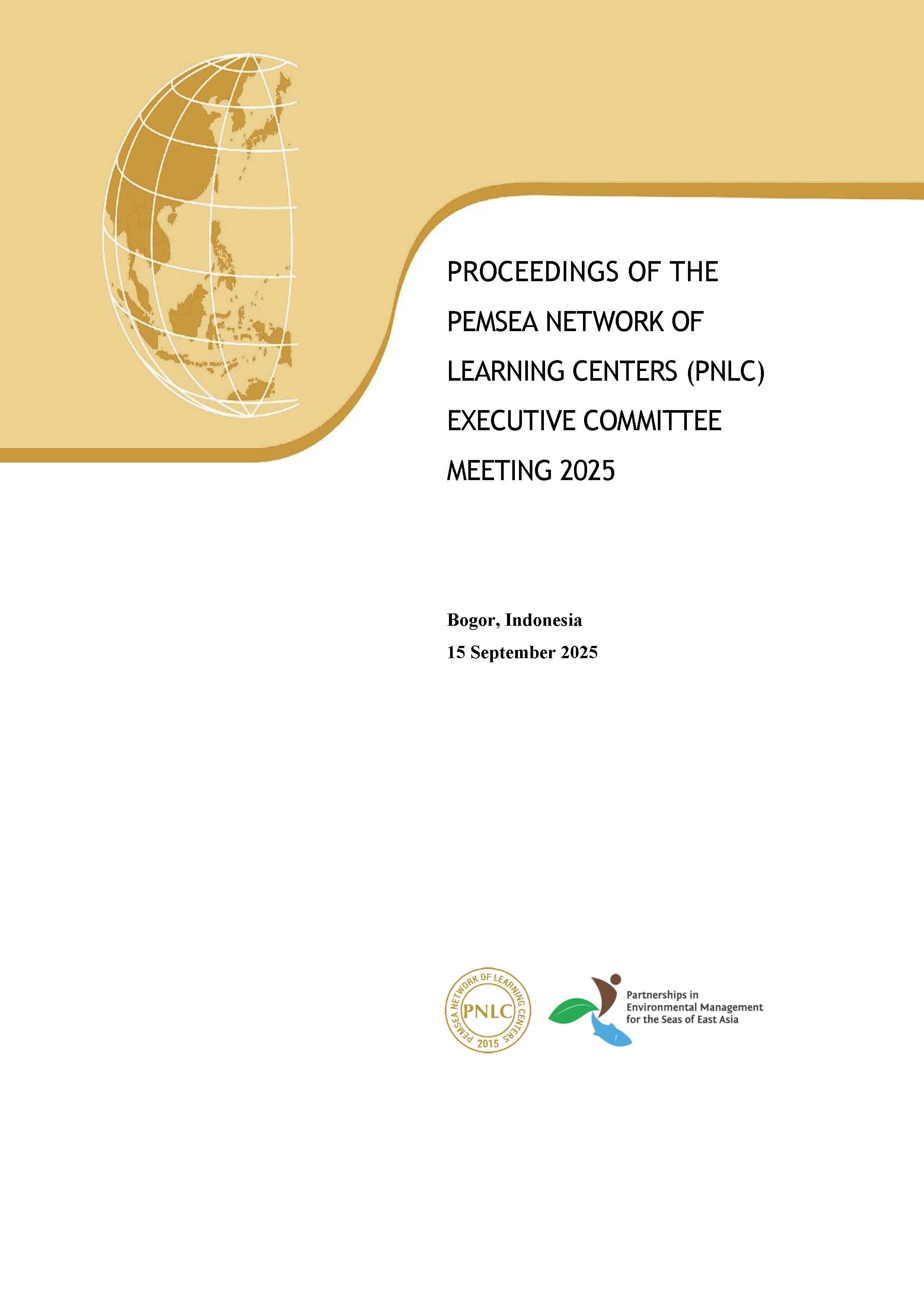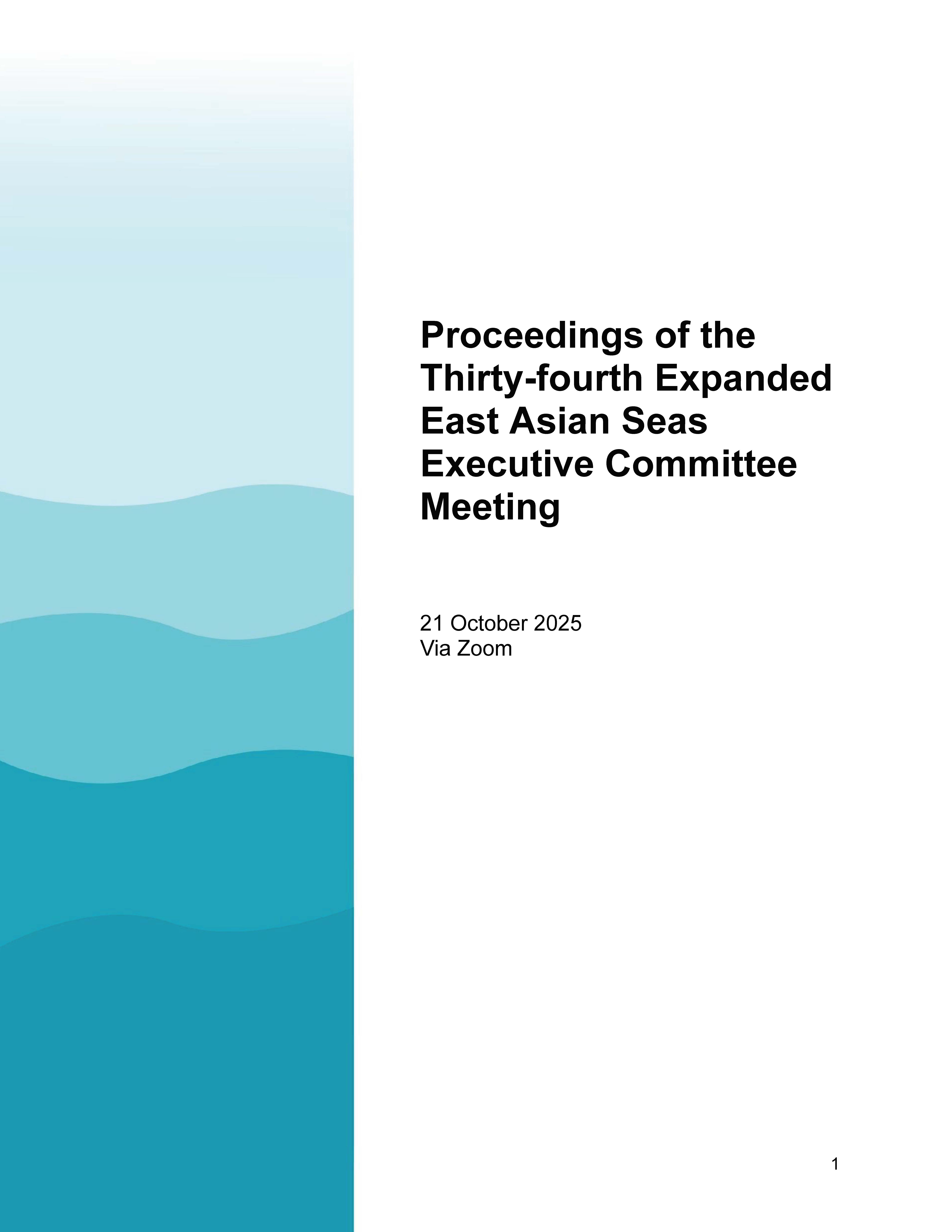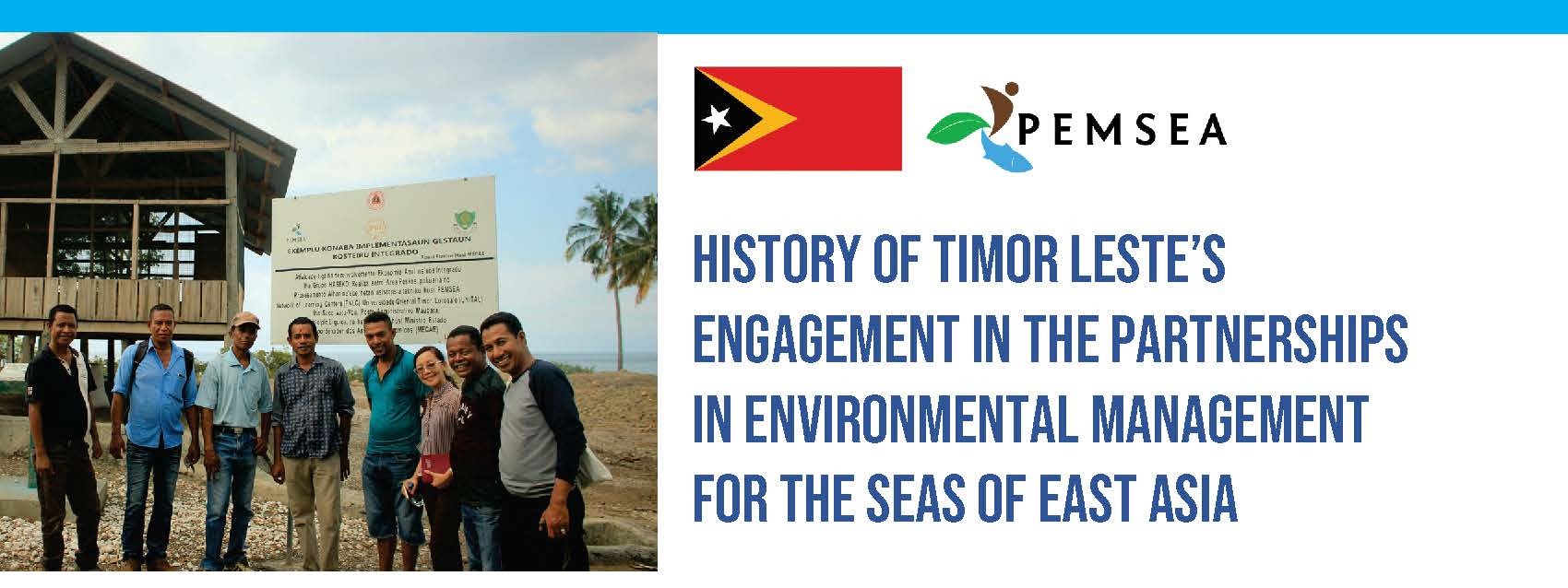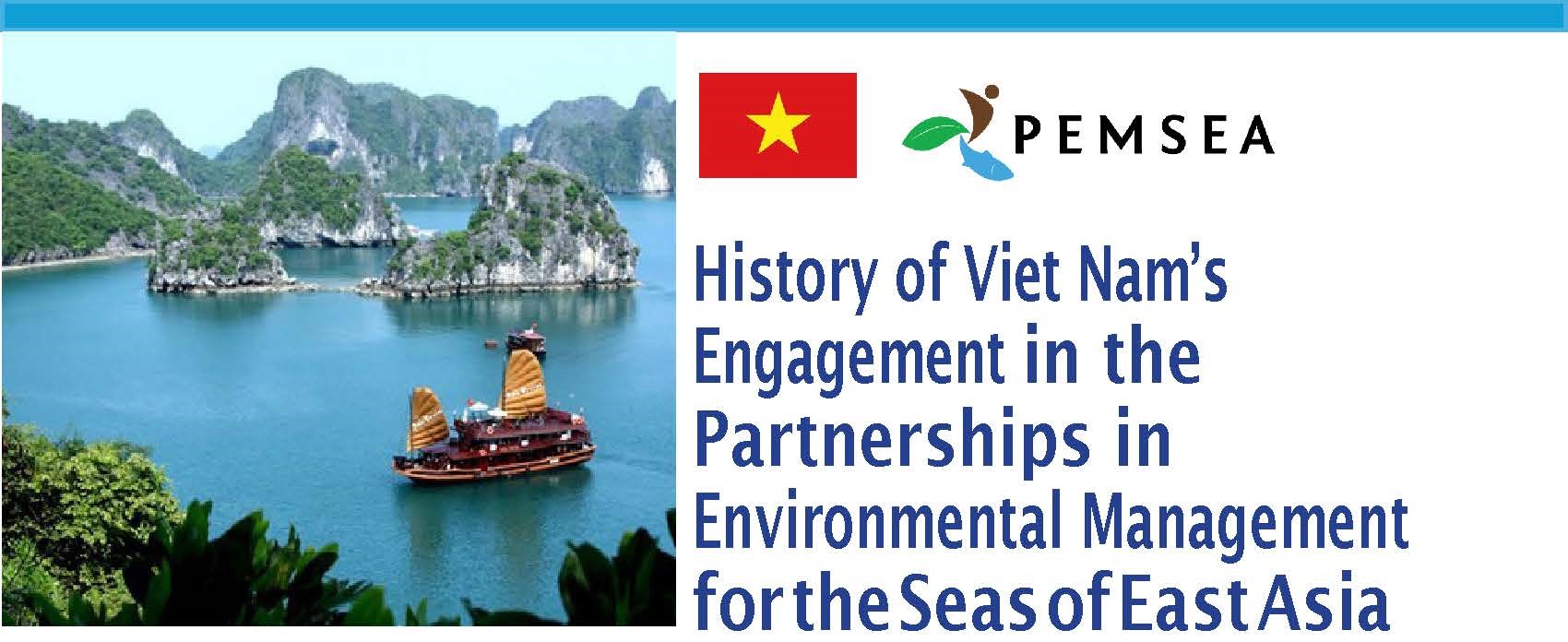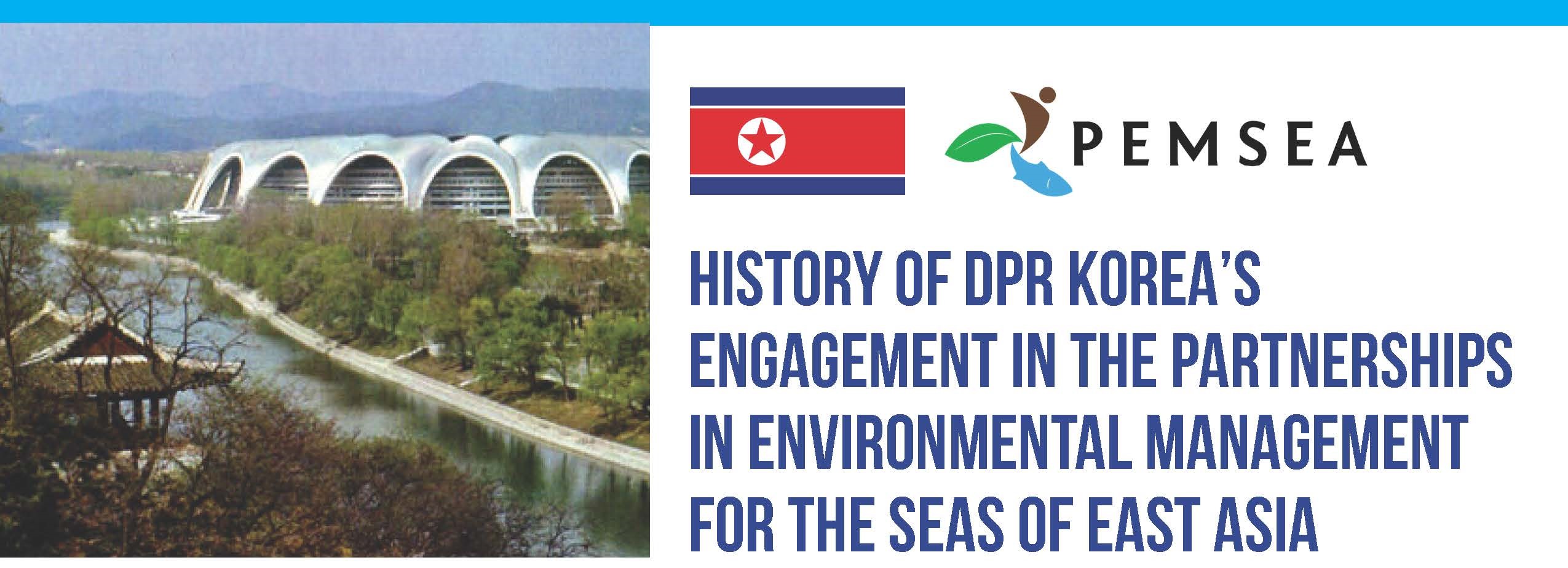
Breadcrumb
Blue Economy Bulletin October 2018
PUBLICATION DATE:
Wednesday, October 31, 2018
PUBLICATION TYPE:
Magazines and Newsletters
STATUS:
Only Available Online
DESCRIPTION:
Welcome to the October Blue Economy Bulletin. This is the last newsletter before the EAS Congress 2018, which takes place from 27-30 November in Iloilo City, Philippines. Next month, instead of an E-update, daily bulletins will be sent out from the EAS Congress. To those attending, we look forward to seeing you there. In conjunction with the EAS Congress, PEMSEA is releasing its 25th anniversary publication. This publication serves as a compendium of PEMSEA's integrated coastal management (ICM) activities throughout the past 25 years. Two previews of partnership hubs at the EAS Congress are included in this bulletin: one on business opportunities in the blue economy, and one on blue carbon solutions.
Both the blue economy and blue carbon are gaining increasing global attention. The Meloy Fund is seeking investment opportunities in the coastal fisheries sectors of Indonesia and the Philippines, while a study by Plymouth Marine Laboratory (PML) has found MPAs benefit a variety of economic sectors in addition to their ecological and socioeconomic benefits. Both the Meloy Fund and PML will be attending the EAS Congress 2018. The World Bank has announced a blue economy trust fund, and a framework for ocean finance was presented at the Our Ocean summit. Blue carbon is becoming increasingly important, especially given the troubling IPCC report on 1.5°C warming, although action is being taken as the GCF approved 19 new projects in developing countries and the IMO rejected attempts to soften upcoming sulfur content limits for marine fuel.
As overwhelming plastic waste flows resulted in Malaysia following China in announcing a future ban on plastic waste imports, international focus on the issue is being visited in forums such as the New Plastics Economy Global Commitment and the Platform for Accelerating the Circular Economy. The value fish and other vertebrates play in sequestering carbon in the ocean is being seen in the concept of "fish carbon". Despite this, overfishing continues to shrink fish populations, for example in Myanmar and the Philippines.
PEMSEA's thoughts go out to the thousands affected by the earthquake and tsunami in the city of Palu and nearby areas of Indonesia. Such events highlight the vulnerability of many living in coastal communities throughout the region and the world.
Follow the latest updates on blue economy and coastal sustainable development in East Asia on Facebook and Twitter (@PEMSEA). We welcome your feedback, and please let us know if there are other blue economy topics you would like to see in future newsletters and programs.
RELATED PUBLICATIONS
PEMSEA NETWORK OF LEARNING CENTERS (PNLC) 2025 Executive Committee Meeting Proceedings
The 2025 PNLC Executive Committee (PNLC EC) Meeting was organized by PNLC Secretariat on 15 September 2025 in Bogor, Indonesia. It was participated by Prof. Yonvitner of the Center for Coastal and Marine Resources Studies of the IPB University (CCMRS-IPB) and President of the PNLC, Dr. Fang Qinhua, Deputy Director of the Coastal and Ocean Management Institute of Xiamen University (COMI-XU) and Vice-President of the PNLC, and Ms. Aimee T. Gonzales, PEMSEA Resource Facility (PRF) Executive Director as members of the PNLC Executive Committee. Ms. Isdahartatie PNLC secretariat Coordinator/ CCMRS-IPB University, Ms. Nancy Bermas from PRF, Francesca Cortez (PRF Secretariat Assistant) and Lusita Meilana, PNLC Secretariat staff. The meeting was chaired by Prof. Yonvitner. Ms. Isdahartati served as the Secretariat of the meeting.
The following supporting documents are annexed to these proceedings:
- Annex 1: Meeting Agenda / Program
- Annex 2: Links to the meeting documents, presentation and photos
- Annex 3: List of participants
Proceedings of the Thirty-fourth Expanded East Asian Seas Executive Committee Meeting
The Expanded East Asian Seas (EAS) Executive Committee convened its 34th Executive Committee Meeting on 21 October 2025 online via Zoom. The meeting was attended by EAS Partnership Council Chair Attorney Jonas Leones; Intergovernmental Session Chair Mr. Le Dai Thang; Intergovernmental Session Co-Chair Dr. Xinwei Yu; Technical Session Chair Dr. Suk-Jae Kwon; and Technical Session Co-Chair Dr. Wakita Kazumi. The PEMSEA Resource Facility (PRF), led by Executive Director (ED) Ms. Aimee T. Gonzales, served as Secretariat to the meeting. PEMSEA Country Partners in attendance included national focal points and representatives from Cambodia, China, Indonesia, Japan, Lao PDR, the Philippines, the Republic of Korea, Singapore, Timor-Leste, and Viet Nam. Non-Country Partners present included representatives from the ASEAN Centre for Biodiversity, Ipieca GISEA, Oil Spill Response Limited, National Marine Hazard Mitigation Service, International Center for Environmental Management of Enclosed Coastal Seas (EMECS), PEMSEA Network of Local Governments, and Korea Institute of Ocean Science & Technology, among others. Online observers included staff from the PEMSEA Resource Facility and UNDP.
History of Timor Leste's engagement in PEMSEA
Since joining PEMSEA in 2006 through the signing of the Haikou Partnership Agreement, Timor-Leste has made remarkable progress in advancing sustainable coastal and ocean governance under the Sustainable Development Strategy for the Seas of East Asia (SDS-SEA). Over the years, the country has implemented Integrated Coastal Management (ICM) programs in key municipalities, developed national ocean and coastal policies, and strengthened inter-agency collaboration for marine protection and livelihood enhancement. Through its participation in regional initiatives such as ATSEA and the Marine Plastics ODA Project, Timor-Leste continues to demonstrate strong commitment to ecosystem-based management, blue economy development, and regional cooperation for healthy and resilient seas.
History of Viet Nam's engagement in PEMSEA
Since 1993, Viet Nam has been an active partner in advancing sustainable coastal and ocean governance in the East Asian Seas through PEMSEA. From pioneering Integrated Coastal Management (ICM) in Da Nang to establishing the Viet Nam Administration of Seas and Islands (VASI), the country has institutionalized ICM in national policy and legislation while fostering regional cooperation through leadership roles in PEMSEA bodies and ministerial forums. Viet Nam’s consistent participation in key initiatives and adoption of major regional declarations underscore its strong commitment to blue economy development, marine ecosystem protection, and the long-term implementation of the Sustainable Development Strategy for the Seas of East Asia (SDS-SEA).
History of DPR Korea's Engagement in PEMSEA
Since joining the regional GEF/UNDP/IMO Marine Pollution Prevention in the East Asian Seas (MPP-EAS) project, the DPR Korea has actively advanced Integrated Coastal Management (ICM) through the establishment of the Nampho demonstration site and the National ICM Training Center at Kim Il Sung University. The country has consistently participated in key regional forums, including the East Asian Seas Congresses and Ministerial Forums, adopting major regional declarations and frameworks such as the SDS-SEA and Manila Declaration. Its engagement reflects a sustained commitment to regional cooperation, marine pollution prevention, and sustainable coastal development under PEMSEA.
